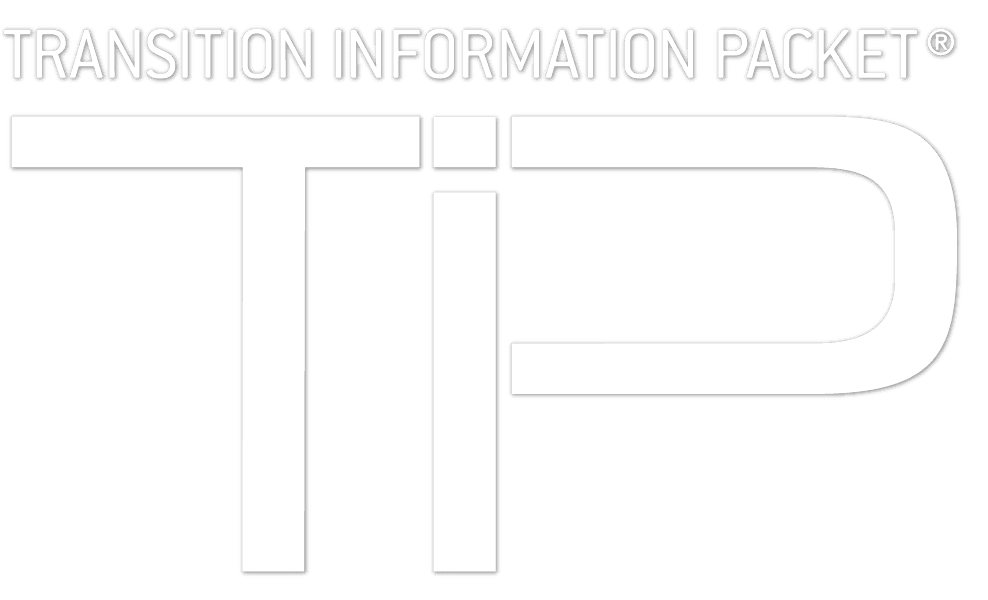We all remember saying, “Where is all of the toilet paper?!” With the onset of the COVID-19 pandemic, supply chains – something we tend to take for granted – began gaining increased attention. Supply chains effect everything from the delivery of materials from a supplier to the manufacturer all the way through to its eventual delivery to the end user. In addition to these noteworthy challenges, the need to provide enhanced security in supply chain transactions is garnering increasing attention. Enter – blockchain – a method that will provide increased security and minimize cyberattacks on the supply chain.
MarketsandMarkets reports that post-COVID-19, the global logistics & supply chain industry market size is expected to grow at a Y-O-Y rate of 17.6% from 2020 to 2021, to reach $3,215 billion in 2021, up from $2,734 billion in 2020. This growth is primarily driven by the increasing supply of essential commodities, the creation of supply chain stabilization task force to fight COVID-19, and growing demand and distribution of personal protective equipment. With this overall growth comes an Increasing need for supply chain transparency and a rising demand for enhanced security of supply chain transactions. According to MarketsandMarkets, the global blockchain supply chain market size was $82.1 million in 2017 and is projected to reach $3,314.6 million by 2023, at a Compound Annual Growth Rate (CAGR) of 87.0% during the forecast period.
The blockchain supply chain market ecosystem is made up of notable vendors, such as IBM (US), Microsoft (US), Oracle (US), SAP SE (Germany), AWS (US), Huawei (China), Bitfury (Netherlands), Auxesis Group (India), TIBCO Software (US), BTL Group (Canada), Applied Blockchain (UK), Guardtime (Estonia), Nodalblock (Spain), Peer Ledger (Canada), Blockverify (UK), TransChain (France), RecordsKeeper (Spain), Datex Corporation (US), Ownest (France), Omnichain (US), Traceparency (France), Digital Treasury Corporation (China), Chainvine (UK), VeChain (China), Algorythmix (India), and OpenXcell (US). These players tend to favor partnerships and new product launches as the key growth strategies to offer feature-rich blockchain technology solutions to their customers and further penetrate regions with unmet needs. Other stakeholders of the blockchain supply chain market include cryptocurrency vendors, research organizations, network and system integrators, blockchain service providers, distributed ledger technology solution providers, and technology providers.
Today, big data has become a key element in building business development strategies, and while the logistics and supply chain industry continue to grow, so does the amount of data generated. This increase in data coupled with the persistent requirement for a unified cost-saving solution is expected to drive demand for advanced analytics solutions across industry verticals. Additionally, as companies look to identify opportunities for cost-cutting and resource-savings, supply chain optimization grows in importance. Therefore, access to secure, accurate supply chain analytics provides companies with valuable insights into the root causes of losses and successes. The global supply chain analytics market size is expected to grow from $3.5 billion in 2020 to $8.8 billion by 2025, at a CAGR of 19.8% during the forecast period.
Enhancing supply chain security across government and industry is a key pillar of the National Counterintelligence Strategy of the United States 2020-2022, and in October 2020 the National Counterintelligence and Security Center (NCSC) released a new document, Supply Chain Risk Management: Reducing Threats to Key U.S. Supply Chains, to help private sector and U.S. Government stakeholders mitigate risks to America’s critical supply chains. NIST also hosted virtual workshop in October 2020 building upon its prior guidance documents, Blockchain Technology, and Securing Manufacturing Industrial Control Systems.



